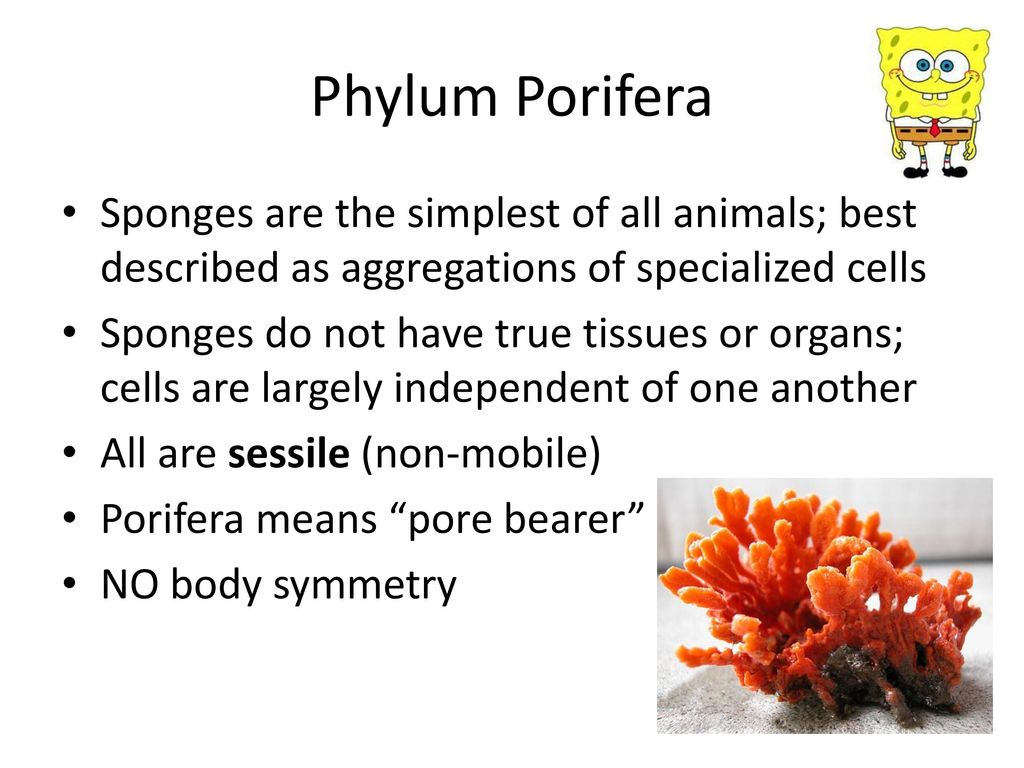Sponges are multicellular, heterotrophic, lack cell walls, and are similar to other animals in that they produce sperm cells. Unlike other animals, they lack real tissues and organs. Some of them are radially symmetric, but most are asymmetric.
Do sponges form true organs?
Unlike protozoa, sponges are multicellular. However, unlike higher metazoans, the cells that make up the sponge are not organized into tissues. Therefore, the sponge lacks true tissue and organs. Moreover, they have no body symmetry. However, sponges have special cells that perform certain functions.
What kind of organs does the sponge have?
Sponges are rare animals in that they lack clear organs to perform various functions. The most important structure is a canal and chamber system called the water flow system, where water circulates and carries food and oxygen to the sponge.
Do sponges have true cells?
The sponge has no true tissue. Instead of tissue, sponges have special cells that perform functions such as digestion and reproduction. This is why sponges are very simple organisms and are very well adapted in the evolutionary sense. 2019
Do sponges have tissues or organs?
The sponge has no tissues or organs, but has some types of special cells. Sponges are filter feeders. They pump water into their bodies through their pores.

Below you will find two helpful answers on a similar topic. 👇
Can ocelots be white?How does Rabbit look like?
